Protocol for Single Suture Craniosynostosis
Craniosynostosis, or fusion or one or more of the cranial sutures occurs in approximately 1 in 2,500 births. The majority of these involve only a single suture and there is no genetic cause able to be identified. The most common form of single suture craniosynostosis is sagittal synostosis. Metopic suture synostosis is the next most common, followed by fusion of one of the coronal sutures, or unicoronal synostosis. Lambdoid suture synostosis is very rare, however a small number of cases do present with this.
Patients are often referred to us soon after birth, and are managed by the Australian Craniofacial unit through to skeletal maturity. The protocol for management is outlined as follows:
Birth to four months of age
Craniofacial surgeon - Initial consultation regarding management
Neurosurgery - Initial consultation regarding management
Ophthalmology - Initial ophthalmological examination
ENT Surgeon - Check ears
Paediatrician - General medical review and developmental assessment
Craniofacial Registrar/Fellow - Take relevant medical history details
Social Worker - Introductory appointment, support for parents
Photography - Initial photographic documentation
Radiology Skull x-rays and 3D CT scan to confirm diagnosis and help plan surgical treatment
Six to nine months of age
Preoperative appointments
Anaesthetist
Craniofacial Fellow
Clinical Nurse Consultant
Blood tests
Planning Meeting
Craniofacial Surgeons
Neurosurgeons
Surgery
Combined case with craniofacial and neurosurgical team
Postoperative reviews
3D CT scan
Fellow/Registrar
Craniofacial Surgeon
Neurosurgeon
Ophthalmologist
Nine months to skeletal maturity
Patients are subsequently seen at 3 months post-surgery, then 6 months, and then annually thereafter until they have reached skeletal maturity. The annual appointments include:
Craniofacial Surgeon
Craniofacial Fellow/Registrar
Neurosurgeon
Photographs
Any other appointments are arranged on an as-needed basis.
As with any of our patients, if there are any concerns in between review appointments, parents are encouraged to contact the Australian Craniofacial Unit directly.








